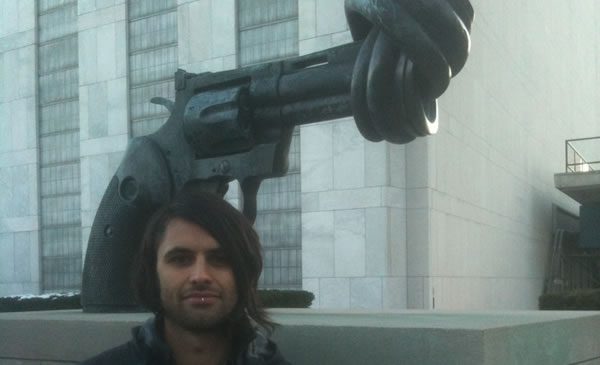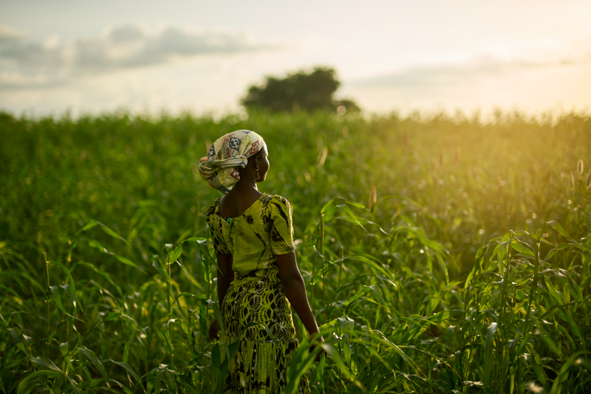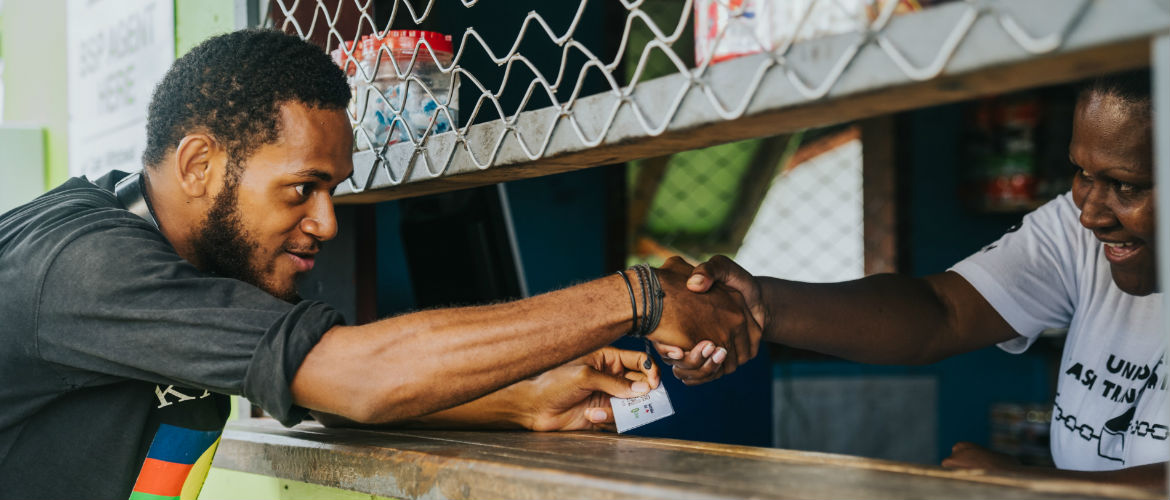by Ben Murphy, Humanitarian Advocacy Officer, Oxfam Australia. Ben will be blogging and tweeting (@Ben_Murphy83) from insude the UN Arms Trade Treaty conference all next week.
Once again, I’m joining a group of campaigners from around the world for a one-week session of the negotiations towards an Arms Trade Treaty (ATT) at the UN in New York (the so-called PrepCom). With this short timeframe in mind, NGOs and a number of States are pushing hard for the discussion to move into a new phase – away from generalised statements and into the concrete drafting and debate of actual treaty text, clearer definition of terms, and clarification around particular elements of the treaty.
So what is it all about?
The last few decades have seen the signing of a number of international agreements regulating the trade in many types of weapons – chemical, biological, nuclear – and most recently, banning specific types of weapons such as landmines and cluster munitions. However, there is still no truly international, legally binding instrument that regulates the ways that states trade the whole range of conventional weapons -broadly speaking, everything else – with each other. This includes weapons like tanks, attack helicopters, artillery as well as small arms – revolvers, rifles, carbines and machine guns designed for use by one person – which, along with ammunition, are responsible for most conflict related deaths in recent decades. This led former UN Secretary General Kofi Annan to dub small arms ‘the real weapons of mass destruction’.
Clearly there is a gap that needs to be addressed. And the good news is that States have recognised this deadly gap and have decided to take action. That’s why we’re all meeting in NY next week. Whilst many states are now champions of an ATT, exactly how strong and comprehensive the instrument should be is highly contested. Some states see the Treaty as an opportunity to raise all states to a much higher standard, whilst others are concerned it will damage their emerging arms industries. Some countries that have been wracked by conflict and organised crime describe the ATT as ‘life or death’, while others are resistant to an strong instrument that may require significant changes in current practice.
Advocates and NGOs will spend the next week both putting pressure, and working collaboratively with States, to ensure we move towards the strongest ATT possible. This requires a combination of lobbying, and supporting Government delegations with research, workshops and analysis that works towards resolving many of the challenges associated with the ATT. The focus of the work next week is on Scope (i.e. the types of weapons and equipment, as well as the activities/types of transfer to be covered by an ATT) Parameters (meaning the criteria against which a transfers is assessed before it is authorized) and finally International Cooperation and Assistance.
We’ve seen some incredibly positive developments already, particularly in Australia – my home country – which has been a leading figure in the ATT process since 2006. As the chair of the Pacific Small Arms Action Group (PSAAG) I’m also in a position to advocate along side Pacific States on a number of the small arms challenges facing small island nations in the Pacific.


 Doris*, daughter, 5; Pamila*, 2. Christina grows maize and she was shown how to make compost as part of the CRAFS (Climate Resilient Agriculture and Food Systems) programme.
Doris*, daughter, 5; Pamila*, 2. Christina grows maize and she was shown how to make compost as part of the CRAFS (Climate Resilient Agriculture and Food Systems) programme.
